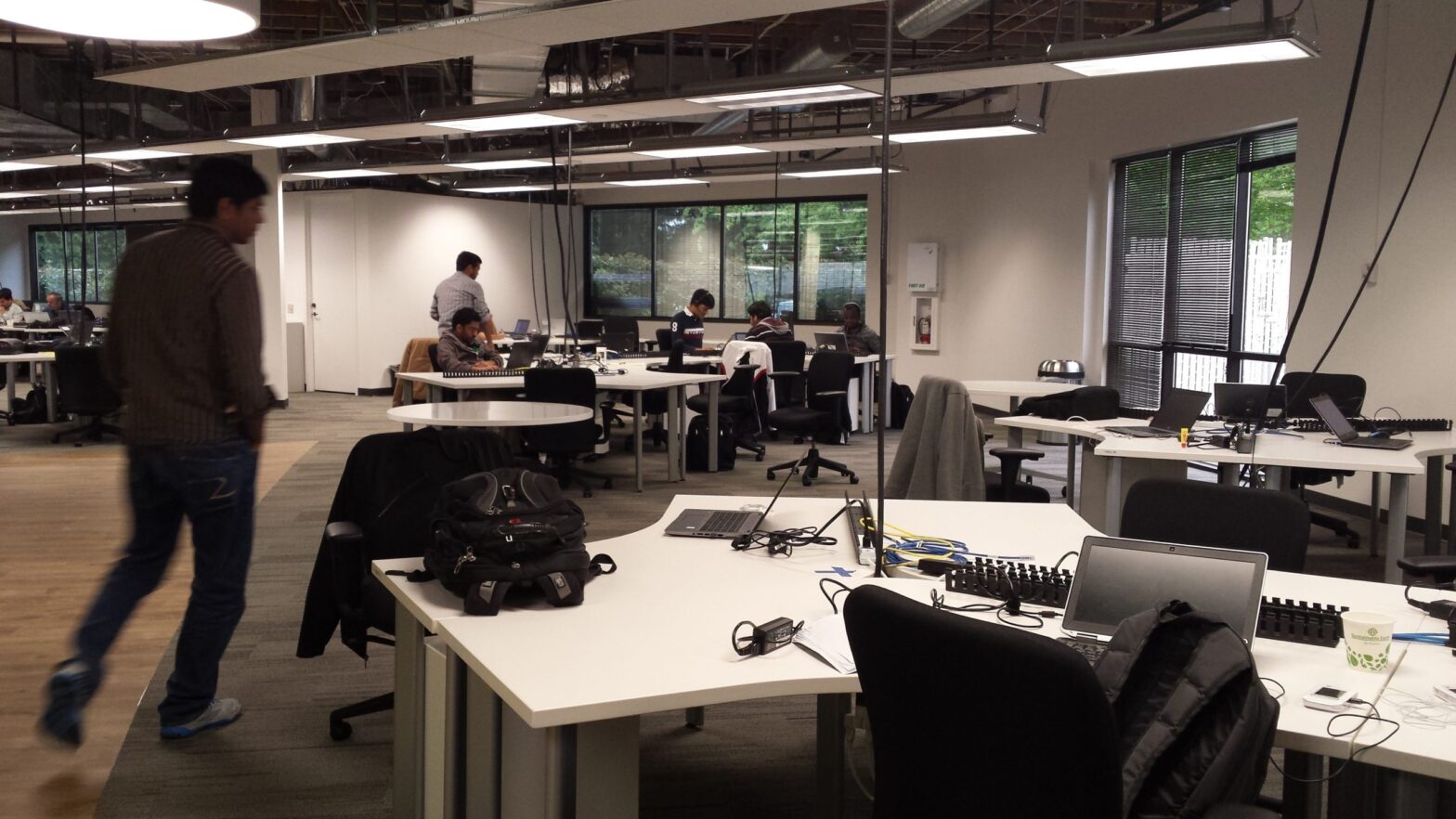18 07
2024

There are many factors involved in maintaining security within a company, including the human factor, secured hardware, software and networks. The key to sustaining an organisation and the health of its systems is to ensure its overall development. The actions of hackers and criminal groups can be very costly – not only financially, but also in terms of reputation, as well as the risk of losing trust in the organisation or incurring additional costs for further investment in cybersecurity.
In 2023, the average cost of a single cyberattack to a company was USD 5 million. In 2022, according to the Plain Concepts organisation, cybercrime costs businesses worldwide USD 1.79 million every minute. When we consider that just four years ago, losses due to cyber negligence totalled nearly USD 600 billion, it becomes clear that the scale of the problem is growing.
Globally, the number of attacks is also increasing and the IT landscape itself is changing with the emergence of AI, machine learning, advanced computing, the cloud, quantum computing, widespread adoption of voice-controlled interfaces, and soon the era of quantum cryptography. Each of these changes represents not only an opportunity, but also a threat to the organisation and its entire network.
Modern organisations will need to factor the scale and complexity of security management processes into their operations. They will also need to ensure that they have relevant contracts in place, designed around security. There will be an increasing demand for cybersecurity professionals, and this is one area where many job opportunities will be created. Brand reputation, choice of security strategy and the right level of trust
Security breaches can destroy a brand’s reputation overnight, not to mention the potential fines and penalties that can be imposed on an organisation as a result of a data leak. The exposure of one company can potentially lead to the exposure of everyone else in the network.
It is necessary to define how sensitive data is to be handled, including procedures for its storage, processing and deletion, and to update contracts accordingly.
Cybersecurity itself is becoming more complex by the day. As the scale of attacks continues to grow, the proliferation of vendors creates challenges for organisations such as increased management complexity, integration issues and potential security gaps.
Added to this are new regulations and additional expectations of transparency from organisations and quality of service and products from consumers.
It is vital to management boards and key stakeholders that the organisation moves through the next stages of development and change in the most deliberate and structured manner. There are a number of frameworks and models available to help with this. Cyber culture and organisational resilience are also important.
A key aspect is the flow of information and solutions that directly empower the board, as well as the cybersecurity teams, to take action.
Good security tools provide the C-suite with the dashboards and analytics features needed to manage the business and the team.
The year 2023 has seen incredible developments in AI. It has been just over a decade since the heyday of social media in Poland and the large-scale adoption of online solutions in business. Now it is AI together with LLM models that are conquering the internet. With the emergence of these solutions and the evolution of the security needs of organisations, thousands of companies need to adapt their security strategy. It is important that they introduce development conflict solutions to integrate these efforts into existing processes.
Companies are implementing artificial intelligence models into their anti-malware systems, using extensive vulnerability data to streamline operations and minimise manual intervention. Backup and cloud migration have long been critical. By 2030, 75% of EU businesses should already be using the cloud, artificial intelligence or Big Data analytics.
At the beginning of Q4 2023, 5.30 billion people worldwide were using the Internet, representing 65.7 percent of the world’s total population. It is important to note that the rest of the world is also getting connected to this global network at a very fast pace.
In 2023, IoT Analytics predicted that the number of IoT-connected devices worldwide would grow by a further 16 percent, reaching 16.7 billion active endpoints. Although growth in 2023 is forecast to be slightly lower than in 2022, the number of connected IoT devices will continue to grow for many years to come. And this is not the end, but only the beginning of change and revolution. The majority of job advertisements recognise the need for AI skills as a requirement in the IT industry.
Modern security solutions are not just about an SOC and a strong team with a CISO, but also about increasingly effective products to protect entire organisations that use AI and are prepared for the changes it brings. On 11 December, the National Institute of Standards and Technology (NIST) published new recommendations for assessing data protection technology in the age of artificial intelligence (AI). Data security continues to be governed by the ISO 27000 family of standards.
Most institutions recommend solutions that ensure automation, fluidity, resilience, intelligence and maximum protection against attacks. The Zero Trust model is also expected to become more prevalent in 2024. What will these changes look like? We will all find out very soon!
Sources:
© 2025 ITDS - All Rights Reserved - made by Netwired
Address:
LARGO DO DUQUE DE CADAVAL 17, 1200-160 LISBOA
R. DE JOSÉ FALCÃO 199, 4050-215 PORTO
Contact:
INFO@ITDSPORTUGAL.COM
+351 933 317 425